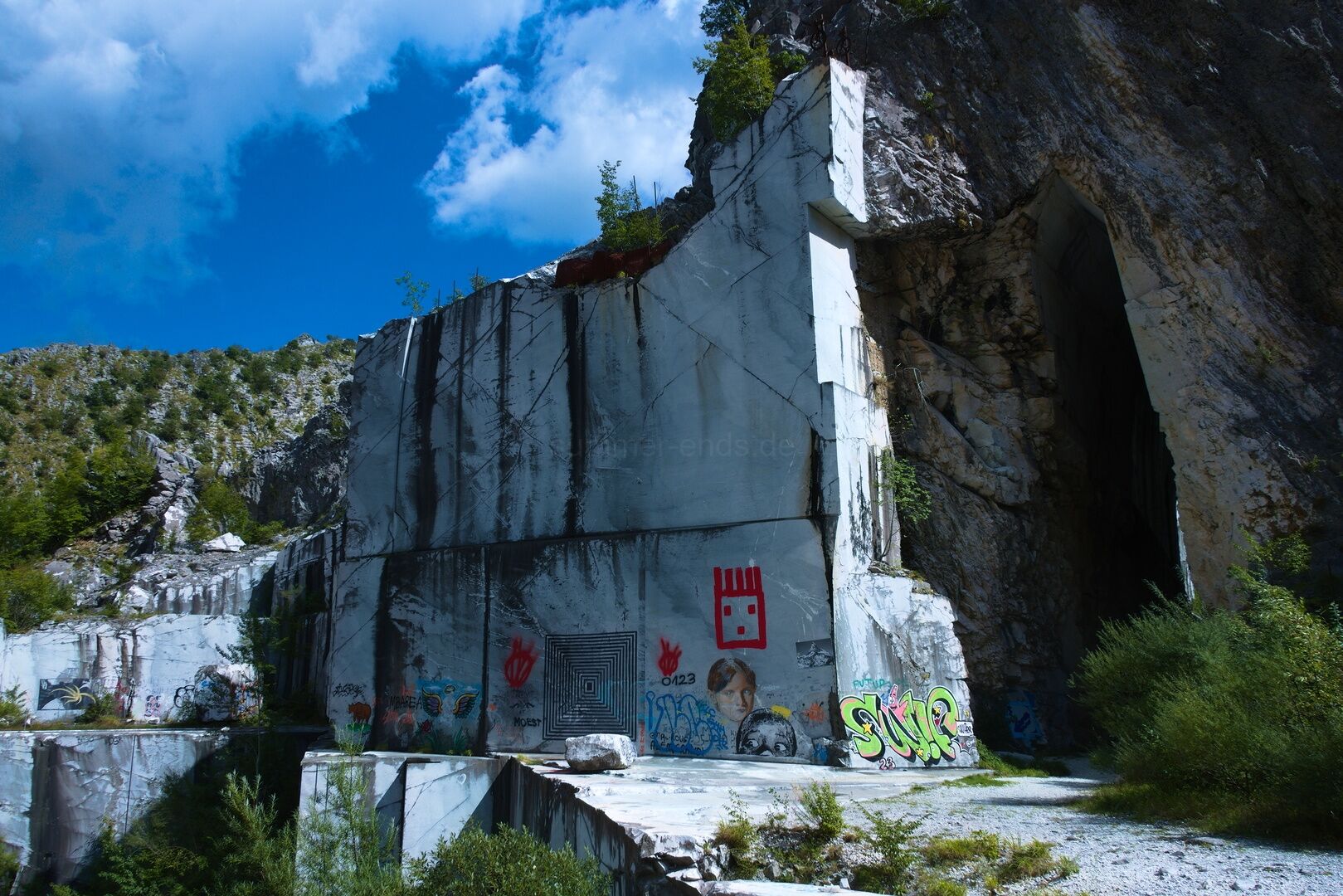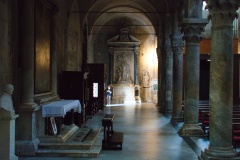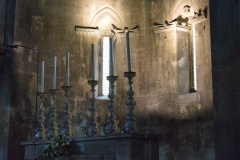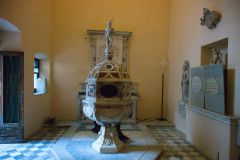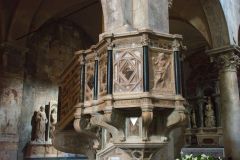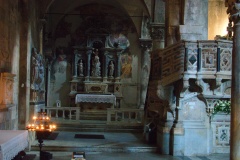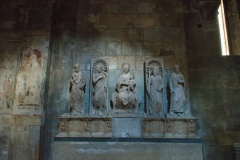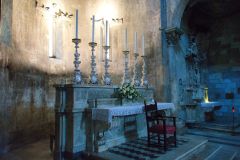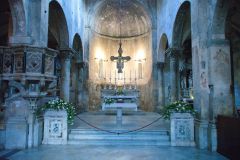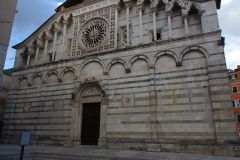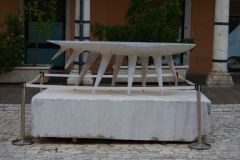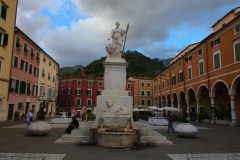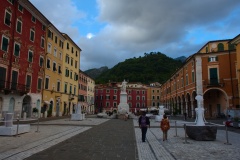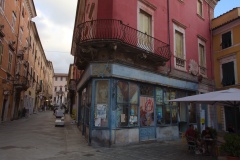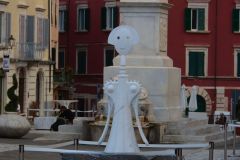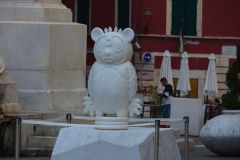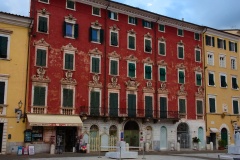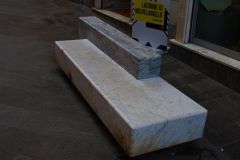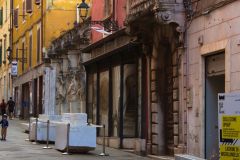Carrara is a city in northern Tuscany, Italy, located at the western edge of the Apuan Alps and close to the Ligurian Sea. It lies within the province of Massa-Carrara and occupies a transitional zone between mountainous terrain and coastal lowlands. Carrara is internationally known for its marble quarries, which have shaped the city’s economy, landscape, and identity for more than two millennia. The urban area extends from the foothills of the Apuan Alps down toward the coastal plain, while the surrounding region is characterized by steep mountain slopes, narrow valleys, and rugged limestone ridges. Carrara functions as both an industrial center for stone extraction and processing and as a historical city with strong cultural and artistic significance.
History
Human settlement in the Carrara region dates back to prehistoric times, but its historical prominence began during the Roman period. The Romans systematically developed the marble quarries, referring to the area as Luna, and established organized extraction and transport systems to supply marble for monumental architecture across the Roman Empire. Carrara marble was used in temples, public buildings, and sculptures, becoming one of the most valued construction materials of antiquity.
After the decline of Roman authority, quarrying activity continued intermittently through the medieval period under local and regional rulers. During the Renaissance, Carrara experienced renewed importance as demand for high-quality marble increased dramatically. Artists and architects, most notably Michelangelo, sourced marble from Carrara for major works, reinforcing the city’s global reputation.
In the modern era, Carrara developed into an industrial quarrying and stone-processing center. The 19th and early 20th centuries saw significant social and political movements linked to quarry labor, including strong anarchist and workers’ traditions. Today, Carrara balances industrial marble production with heritage preservation, tourism, and cultural activities, while remaining closely tied to its historical role as a center of stone extraction.
Geology
Geologically, Carrara is located within the Apuan Alps, a mountain range distinct from the nearby Apennines due to its complex tectonic and metamorphic history. The famous Carrara marble is a metamorphic rock derived from Jurassic limestone that was subjected to high pressure and temperature during Alpine orogenic processes. This metamorphism recrystallized the original limestone into a fine-grained, homogeneous marble with exceptional purity and strength.
The Apuan Alps expose deep geological units that are rarely visible elsewhere in Italy, including metamorphic marbles, schists, and phyllites. Intense tectonic deformation, folding, and faulting uplifted these rocks and brought them close to the surface. Subsequent erosion sculpted the steep ridges, sharp peaks, and narrow valleys that characterize the region.
The white marble quarries are concentrated along high-altitude slopes and ridgelines, where thick marble layers are accessible. The contrast between bright marble faces and darker surrounding rock creates a distinctive landscape, while ongoing extraction continues to modify local geomorphology and slope stability.
Things to See
Carrara offers a range of cultural and natural sites closely linked to its marble heritage. The Carrara marble quarries themselves are among the most striking features of the region, with vast stepped excavation faces visible across the Apuan Alps and accessible via guided routes.
The historic center of Carrara contains architectural elements constructed from local marble, including churches, civic buildings, and sculptures that illustrate the material’s central role in urban development. The Cathedral of Sant’Andrea is a notable example, showcasing Romanesque architecture and extensive marble use.
Museums dedicated to marble, sculpture, and quarrying history provide insight into extraction techniques, artistic traditions, and labor history. The surrounding Apuan Alps Regional Park offers hiking routes, viewpoints, and access to mountainous landscapes that highlight the geological context of the marble deposits. Together, these elements make Carrara a unique intersection of geology, industry, art, and cultural history.

